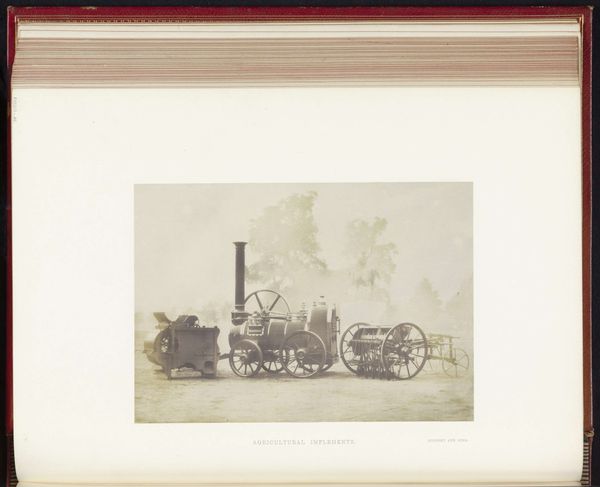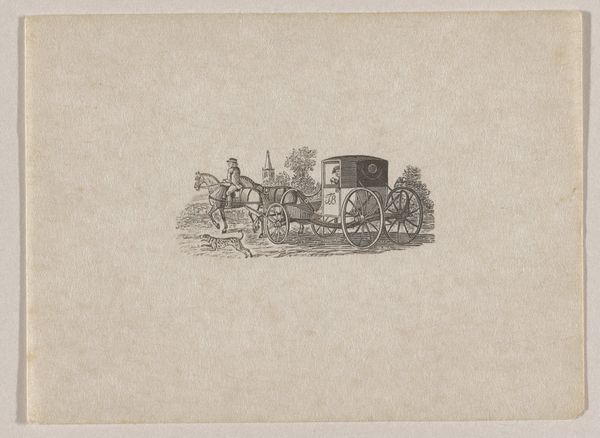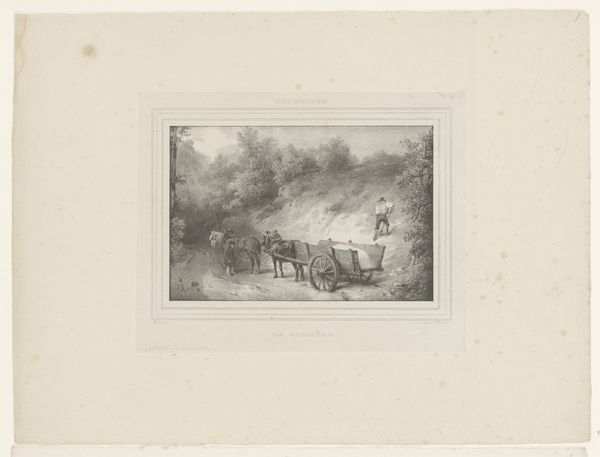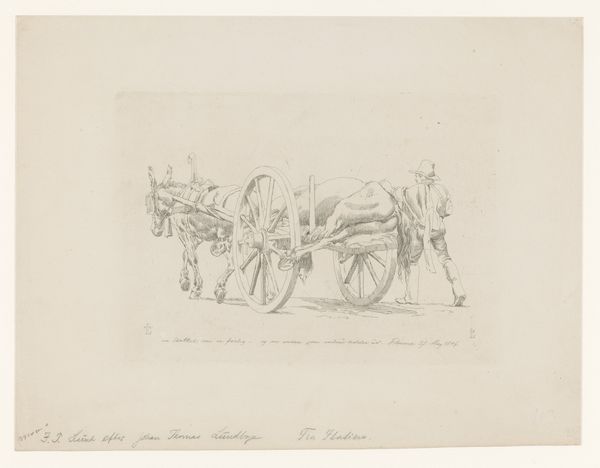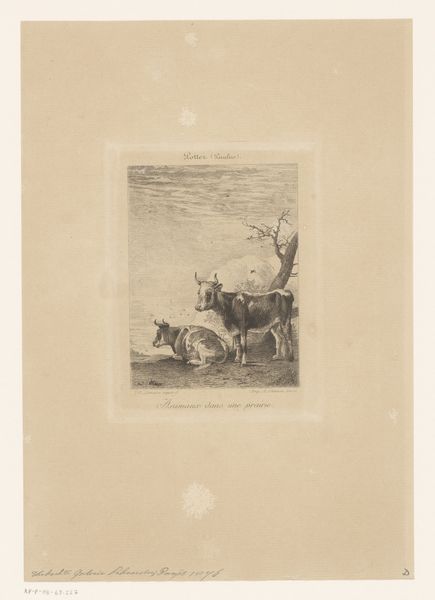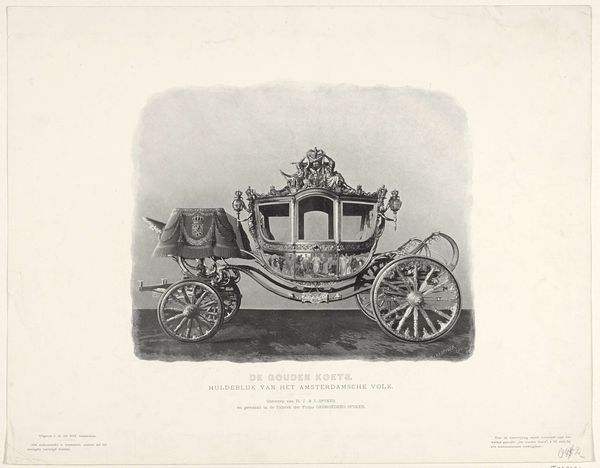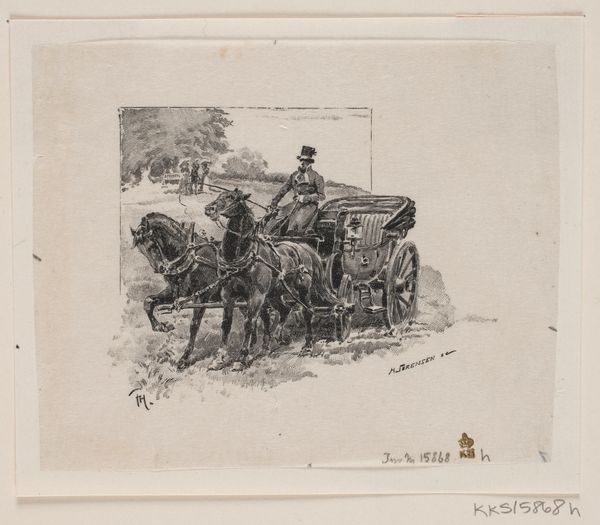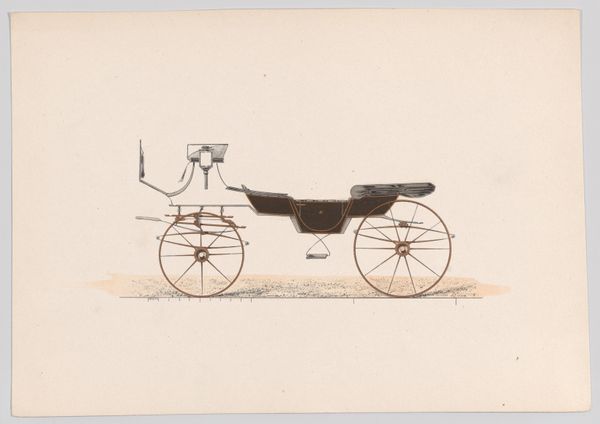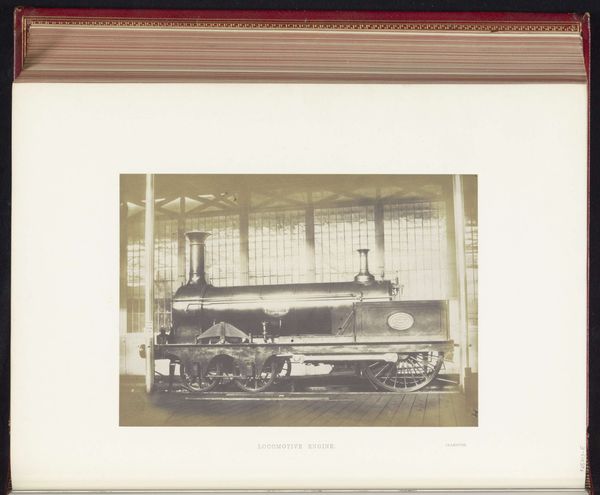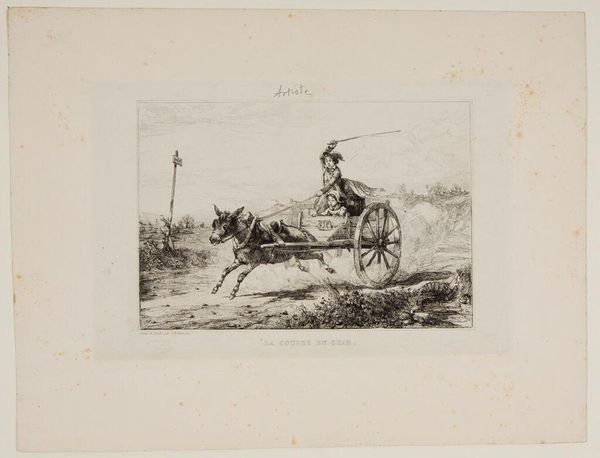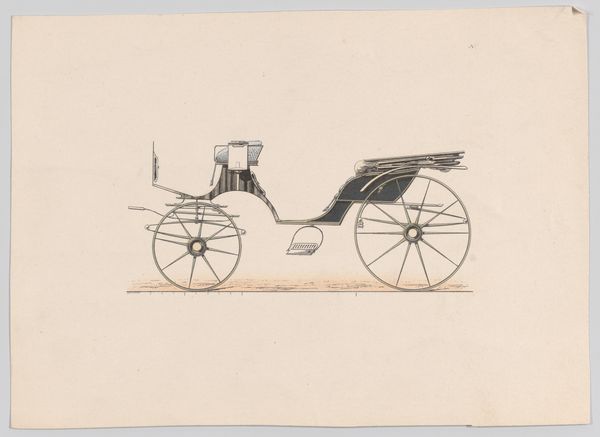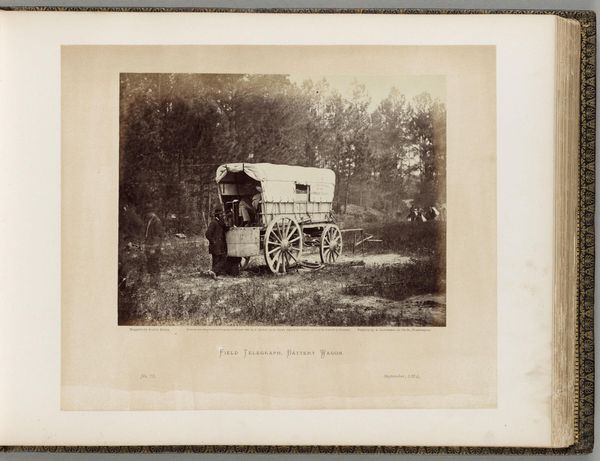
Landbouwwerktuigen van Busby op de Great Exhibition of the Works of Industry of All Nations van 1851 in Londen 1851
0:00
0:00
print, photography
#
16_19th-century
# print
#
landscape
#
photography
#
coloured pencil
#
realism
Dimensions: height 152 mm, width 204 mm
Copyright: Rijks Museum: Open Domain
Editor: This photograph from 1851, "Agricultural Implements" by C.M. Ferrier and F. von Martens, showcases Busby's agricultural tools at the Great Exhibition in London. The sepia tone gives it a timeless feel, but what strikes me is how staged it seems—almost like a portrait. What story does this image tell, in your opinion? Curator: Well, the staging is quite deliberate. The Great Exhibition was a massive exercise in Victorian self-promotion. Photography, a relatively new medium then, became a tool to document and celebrate industrial progress. This image isn’t just about the farm tools themselves; it's about conveying Britain's agricultural and technological prowess to a global audience. Notice how the equipment is positioned centrally, almost like a monument. Editor: So, the photograph is less about agriculture and more about national pride? Curator: Precisely. The photograph participated in constructing an image of Britain as an industrial leader. The seemingly simple depiction of agricultural implements contributed to a broader narrative of progress and global dominance that Britain wanted to project. The question I often consider with images like these is who were the intended viewers, and how might they have understood the symbolism? Editor: It’s fascinating how an image of farm tools can carry so much cultural weight. Curator: Indeed. It reveals the complex relationship between art, technology, and the construction of national identity in the 19th century. And remember the exhibition itself was intended to project an image of power, inviting critique about colonial relationships with other countries. Editor: This definitely gives me a different perspective on looking at photographs. It’s not just a snapshot, it’s a carefully constructed message. Curator: Exactly. History shapes what we see, and understanding that context allows us to interpret these images more critically.
Comments
No comments
Be the first to comment and join the conversation on the ultimate creative platform.
